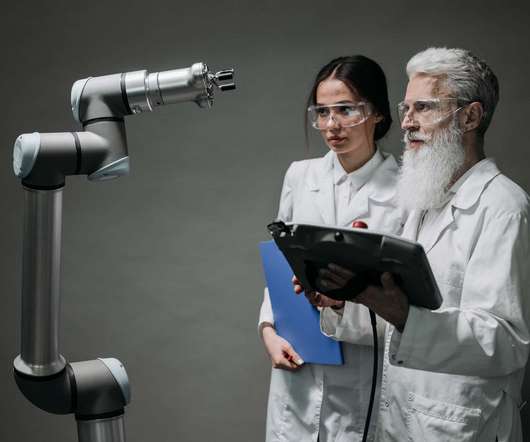Swedish Steel Manufacturer Selects Ivalua to Further Optimize Procurement Efficiency and Mitigate Supply Chain Risk
ivalua
OCTOBER 17, 2022
Ivalua, a global leader in spend management, today announced that it has been selected by Swedish steel manufacturer SSAB to further improve the efficiency of its procurement processes and uphold and strengthen supply chain risk management thanks to Ivalua’s Source-to-Contract (S2C) solution. Learn more at www.ivalua.com. Markus Leutert.





















Let's personalize your content